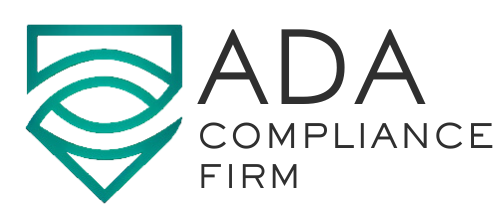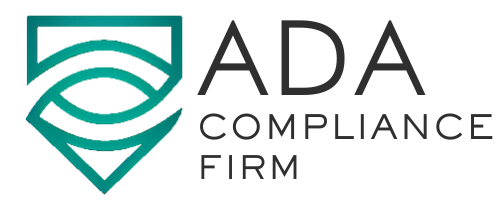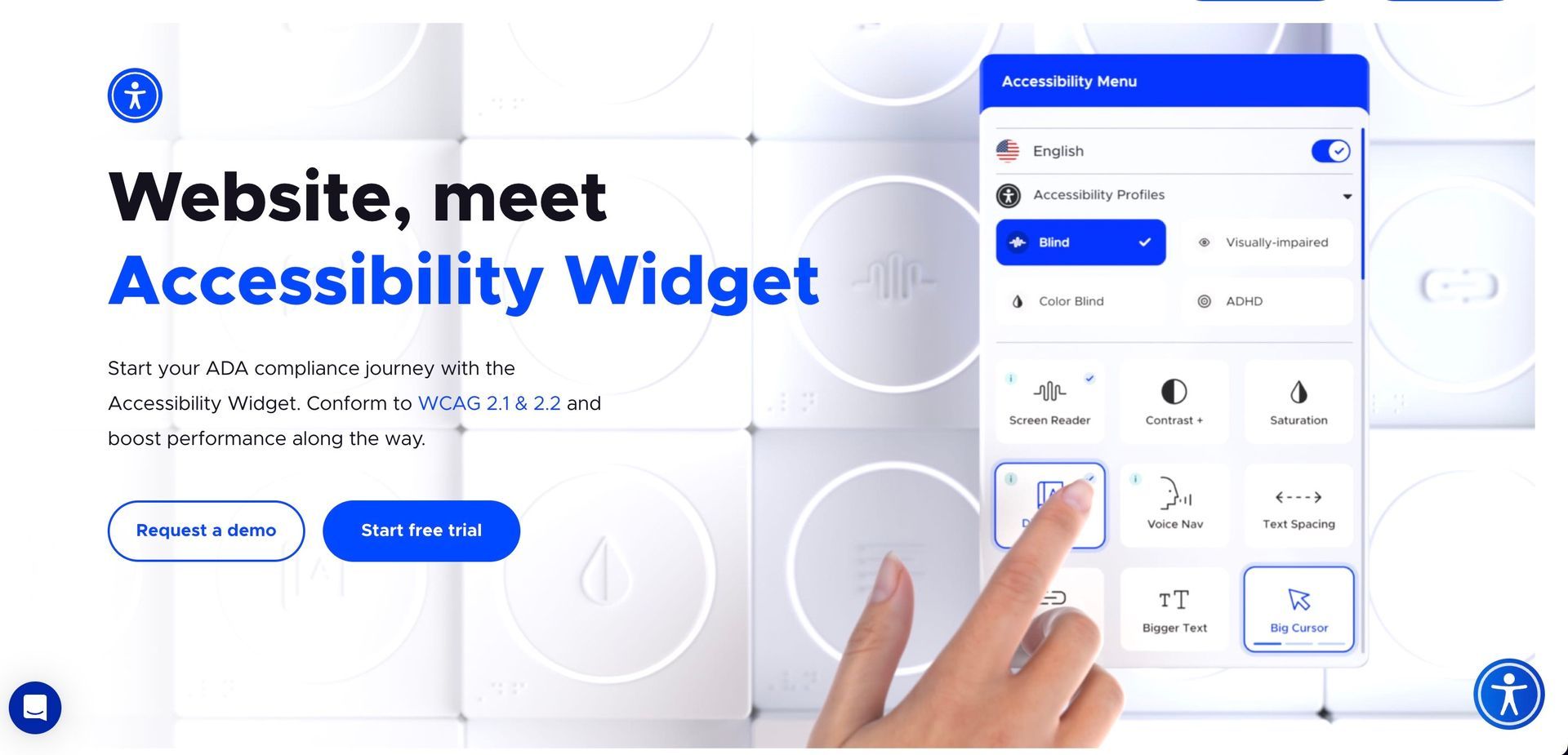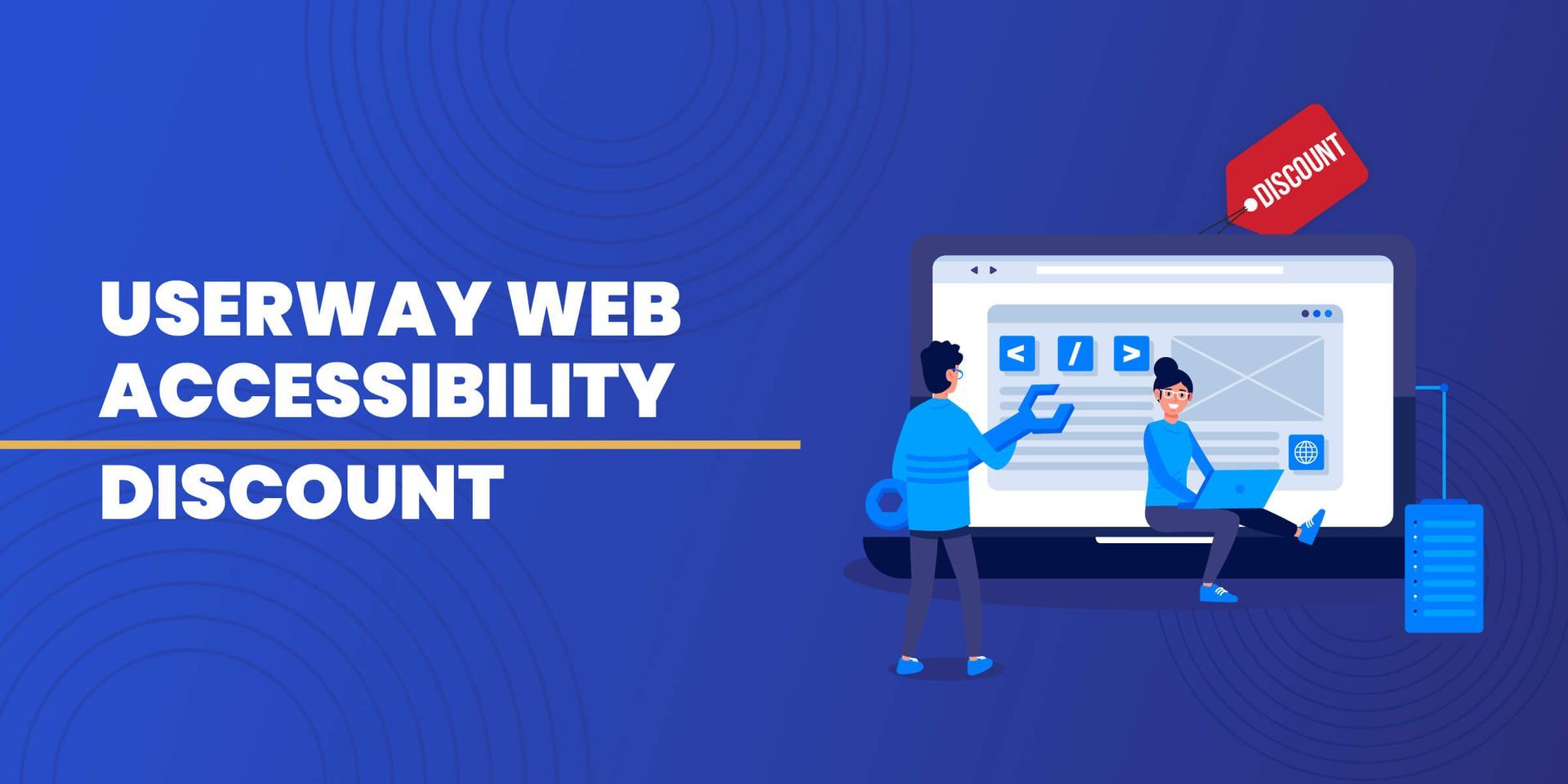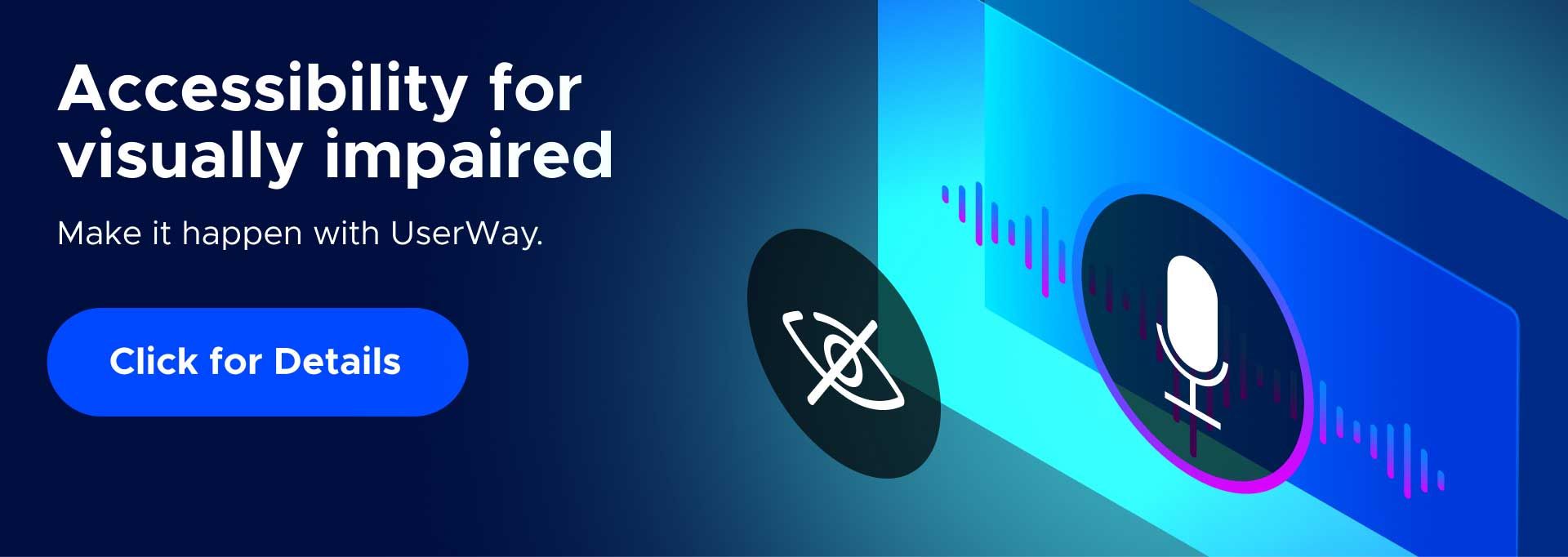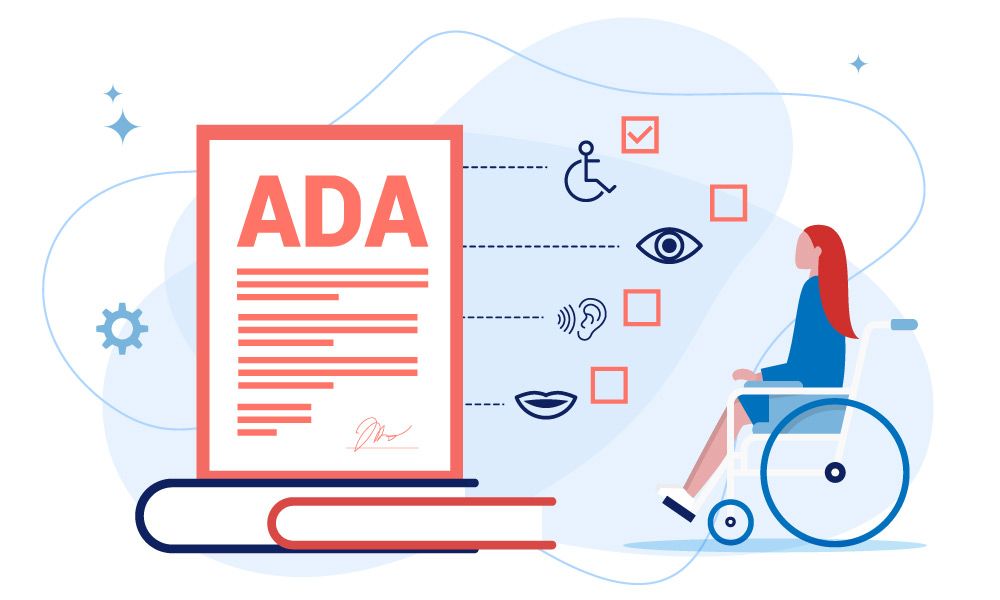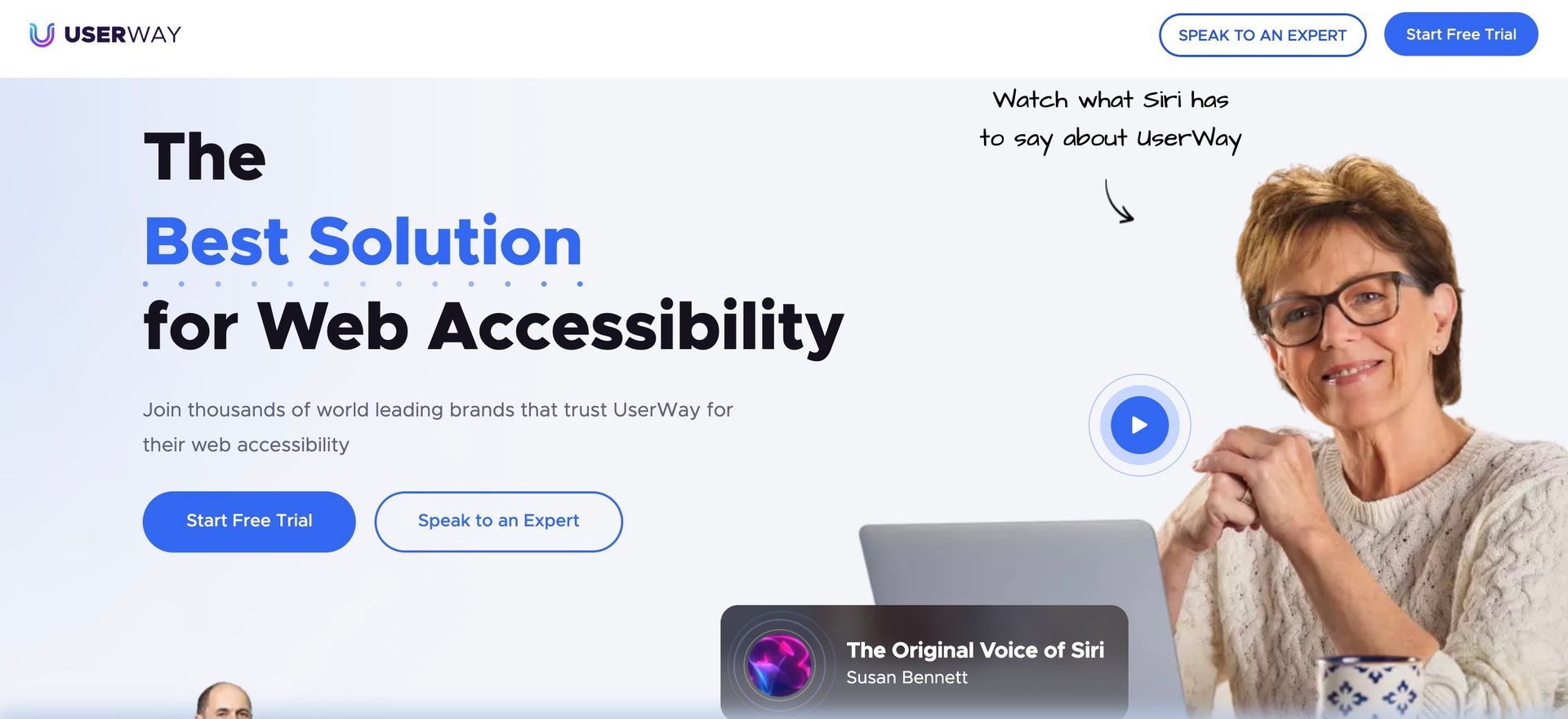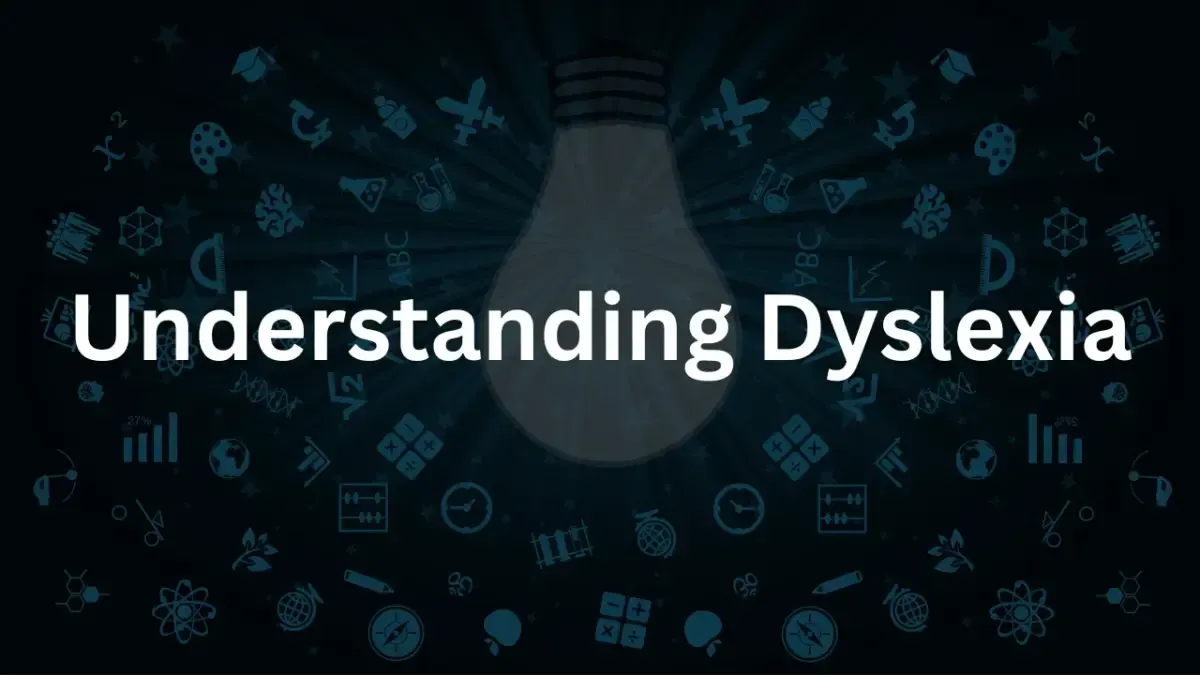What is the Proposed Websites and Software Applications Accessibility Act?

Introduction
On September 29th, 2022, a bill was introduced regarding the gaps in digital accessibility for website and software applications. Introduced by U.S. Senator Tammy Duckworth and U.S. Representative John Sarbanes, the bill offers a structure for ensuring people with disabilities have equal access to digital content services and tools.
The bill was developed by partnering with many disability rights organizations, including the American Foundation for the Blind (AFB), the National Disability Rights Network (NDRN), the American Council of the Blind (ACB), and the National Federation of the Blind (NFB). The bill requires the Department of Justice (DOJ) and the Equal Employment Opportunity Commission (EEOC) to set and enforce standards for all websites and applications regarding accessibility.
Click here to see why your website needs to be ADA Compliant.
Why is This Bill Important?
When the American Disabilities Act was introduced into law in 1990, The world did not yet know the full impact of the internet and how it would impact and improves people’s lives. Technology is rapidly evolving every year, and the government did not include digital accessibility in the original creation of the bill. It brings much-needed awareness to both government and public entities. This bill requires the ADA to include digital accessibility and define specific, enforceable regulations to improve and bring access to those with disabilities.
The Websites and Software Applications Accessibility Act helps to add to the ADA by clarifying places of public accommodations to include physical and digital businesses and organizations to adhere to the accessibility regulations determined by the law. It also sets the precedent that the DOJ and the EEOC are set up to regularly review and update the standards to continuously keep up with new and emerging technologies to ensure digital accessibility is always within reach.
Under this act, a new advisory committee would be created and funded to research and provide recommendations to the Attorney General and the EEOC to enforce the law. The committee would include representatives from the disability community, accessibility experts, and other representatives selected by the Attorney General and federal agencies.
The bill gives rights to people with disabilities to take action if digital accessibility is unavailable. The actions can include monetary damages, injunctive relief, and the right to recover attorney fees and costs. Once the bill is signed, the DOJ and the EEOC will have two years to complete the creation of regulations and how violations will be pursued to apply to digital accessibility. They will be responsible for enforcing regulations, pursuing violations, and updating the regulations at least every two years.
What Can Businesses and Organizations Do To Prepare?
Once passed into law, businesses and organizations with a digital presence or tools will have clear guidelines and regulations to follow regarding digital accessibility. The act removes any uncertainty about the true meaning of accessibility giving them a straightforward path to making adjustments. Businesses can start preparing by reviewing the current DOJ’s Web Content Accessibility Guidelines (WCAG) and ensuring they have implemented digital accessibility that meets these guidelines. Businesses can keep up with the guidelines as they change their website, add features, or perform updates.
This bill is essential to keep up with the evolving technology and ensure people with disabilities can access current and emerging technologies that make daily living easier. Reach out to us by clicking here if you need help getting your website compliant.
Join our newsletter
Recent Blog Posts
